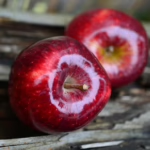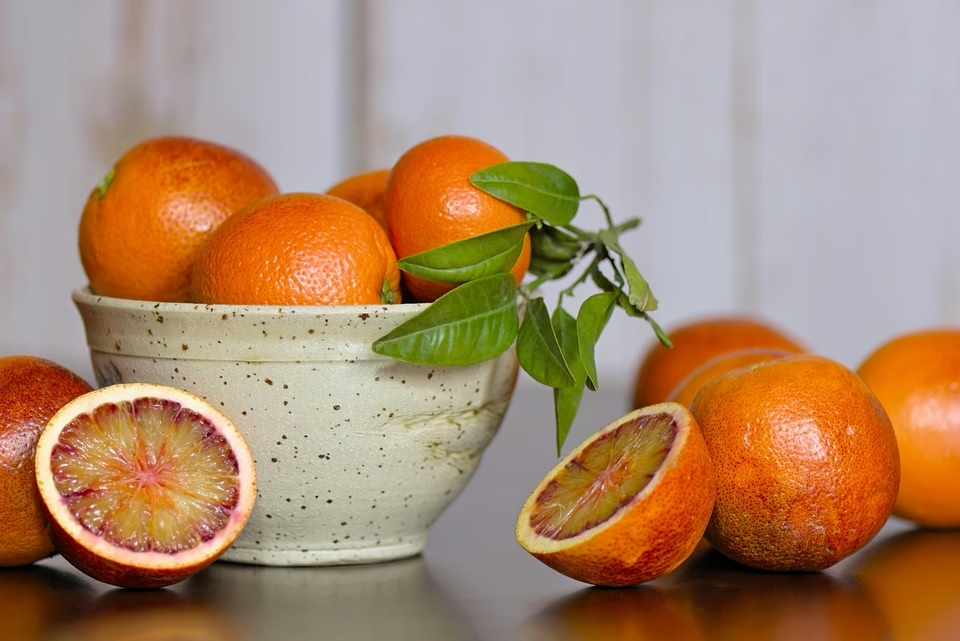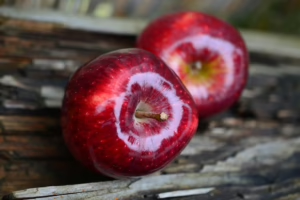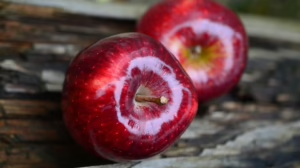From Fish to Fortified: Discover the Best Sources of Vitamin D
Vitamin D, often referred to as the “sunshine vitamin,” plays an essential role in maintaining health, particularly for bone density and immune system efficacy. This article will explore the various sources of Vitamin D, including natural sources, fortified foods, and supplements, to provide a comprehensive guide on how to ensure adequate intake.
Understanding Vitamin D
What is Vitamin D?
Vitamin D is a fat-soluble vitamin that is pivotal for several bodily functions. It exists in two primary forms: Vitamin D2 (ergocalciferol) and Vitamin D3 (cholecalciferol). While both forms can help increase blood levels of Vitamin D, D3 is generally considered more effective at raising and maintaining those levels.
The Role of Vitamin D in Health
Vitamin D is crucial for:
- Bone Health: It helps the body absorb calcium, which is vital for bone development and maintenance.
- Immune Function: It supports the immune system and may protect against various infections.
- Mood Regulation: Some studies suggest a link between Vitamin D levels and mood regulation.
- Chronic Disease Prevention: Research indicates that adequate Vitamin D levels may reduce the risk of certain chronic diseases, including cardiovascular diseases and some cancers.
Natural Sources of Vitamin D
1. Fatty Fish
Fatty fish are among the richest natural sources of Vitamin D. Some excellent options include:
- Salmon: A 3.5-ounce (100-gram) serving can provide about 570 IU of Vitamin D.
- Mackerel: This fish is palatable and loaded with Vitamin D, containing around 360 IU per 100 grams.
- Sardines: Often canned, sardines can offer approximately 270 IU of Vitamin D for the same serving size.
Fatty fish not only provide ample amounts of Vitamin D, but they also contribute beneficial omega-3 fatty acids, which have their own health advantages.
2. Cod Liver Oil
Cod liver oil is an oil derived from the liver of cod fish and is renowned for its high Vitamin D content. A single tablespoon (about 15 ml) provides an impressive 1,360 IU of Vitamin D. However, due to its high vitamin A content, consumption should be moderated, particularly for pregnant women.
3. Beef Liver
While not typical fare for everyone, beef liver is a robust source of Vitamin D, yielding about 49 IU per 3.5 ounces (100 grams). Additionally, it provides other essential nutrients like iron and Vitamin A.
4. Egg Yolks
Egg yolks contain about 37 IU of Vitamin D per yolk. Though not as high as other sources, they offer an easy way to incorporate Vitamin D into your diet when used in moderation.
Fortified Foods
1. Milk and Dairy Products
Many brands of milk and dairy products, including yogurt and cheese, are fortified with Vitamin D. A cup of fortified milk can provide about 120 IU of Vitamin D. The fortification process has helped to combat general deficiencies in populations where sun exposure is minimal.
2. Plant-Based Milk Alternatives
In response to the growing demand for non-dairy products, many plant-based milk alternatives, such as almond, soy, and oat milk, are fortified with Vitamin D. These can also provide about 120 IU per cup, making them suitable for those who avoid dairy.
3. Breakfast Cereal
Many breakfast cereals are fortified with essential vitamins and minerals, including Vitamin D. While the amount can vary widely, a typical serving may contain around 40-100 IU of Vitamin D.
4. Orange Juice
Some brands of orange juice are fortified with Vitamin D. A cup can provide about 100 IU, adding a little extra nutrition to your morning routine.
Supplements
Why Consider Supplements?
Supplements can be an effective way to achieve sufficient Vitamin D intake, especially for those living in areas with limited sun exposure or dietary restrictions that make it difficult to obtain enough Vitamin D from food sources.
Types of Supplements
- Vitamin D2 (Ergocalciferol): Generally derived from yeast or fungi, D2 is effective but less potent than D3.
- Vitamin D3 (Cholecalciferol): Sourced primarily from fish liver oil and lanolin (sheep’s wool), D3 is the preferable form for supplementation as it is more effective at raising blood levels of Vitamin D.
Dosage Recommendations
The recommended dietary allowance (RDA) for Vitamin D varies by age, sex, and life stage.
- Infants (0-12 months): 400 IU
- Children (1-18 years): 600 IU
- Adults (19-70 years): 600 IU
- Adults (71 years and older): 800 IU
- Pregnant and lactating women: 600 IU
Consulting with a healthcare provider can provide personalized recommendations based on individual needs.
Sun Exposure
The Natural Source
Arguably, the most efficient way to obtain Vitamin D is through sunlight. When ultraviolet B (UVB) rays from the sun hit the skin, it triggers the production of Vitamin D3.
Factors Affecting Sun Exposure
- Geographical Location: People living farther from the equator may require more time in the sun to produce adequate Vitamin D.
- Skin Tone: Individuals with darker skin have more melanin, leading to reduced synthesis of Vitamin D.
- Age: As skin ages, it becomes less efficient at producing Vitamin D.
Safe Sun Exposure Practices
Sun exposure should be balanced, as excessive exposure can lead to skin damage. Aim for short periods (about 10-30 minutes) of midday sun exposure several times a week, while being mindful of the skin’s tolerance to avoid sunburn.
Conclusion
Vitamin D is vital for health and can be obtained through various means—whether from food sources such as fatty fish, fortified options like milk and cereals, or direct sun exposure. Understanding the different avenues to obtaining Vitamin D can help ensure that you meet your nutritional needs effectively.
FAQs About Vitamin D
-
What are the symptoms of Vitamin D deficiency?
Symptoms can include fatigue, bone pain, muscle weakness, and an increased risk of cardiovascular disease and respiratory infections.
-
Can you overdose on Vitamin D?
Yes, excessive Vitamin D supplementation can lead to toxicity, presenting symptoms like nausea, vomiting, and kidney damage.
-
What is the best time to get sun exposure for Vitamin D?
Midday, when the sun is highest, is typically most effective for Vitamin D production.
In conclusion, by exploring and understanding the rich variety of sources for Vitamin D, from fish to fortified foods, we can better manage our health and nutritional needs effectively.
References
- Holick, M. F. (2007). “Vitamin D: A D-Lightful Solution for Health!” Journal of Investigative Medicine, 55(1), 1-10.
- Trottier, L., et al. (2010). “Vitamin D: The Hormone and Its Role in Health.” Canadian Family Physician, 56(4), 1-7.
- National Institutes of Health. (2021). “Vitamin D Fact Sheet for Health Professionals.” Retrieved from [NIH website].
- The Endocrine Society. (2011). “Evaluation, Treatment, and Prevention of Vitamin D Deficiency.” The Journal of Clinical Endocrinology & Metabolism, 96(7), 1911-1930.
- Ross, A. C., et al. (2011). “Dietary Reference Intakes for Calcium and Vitamin D.” The National Academies Press.
This concise guide offers a detailed overview of Vitamin D sources. You may wish to further expand each section with detailed studies, anecdotes, or additional research papers that discuss the health impacts of Vitamin D. If you’re looking to develop a longer piece, I can provide further insights on specific sources or health benefits of Vitamin D!


























Add Comment